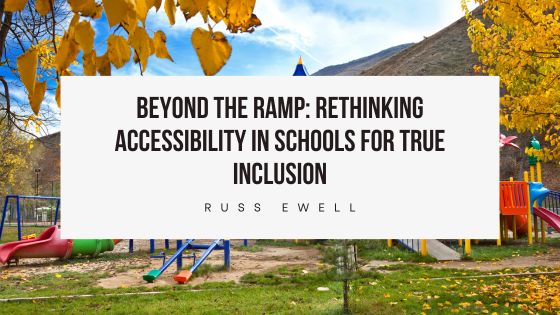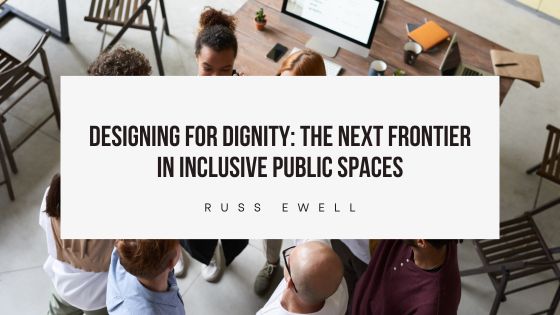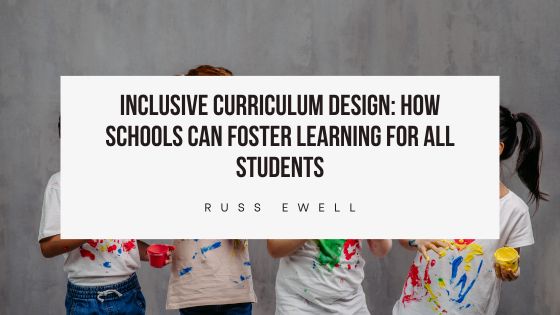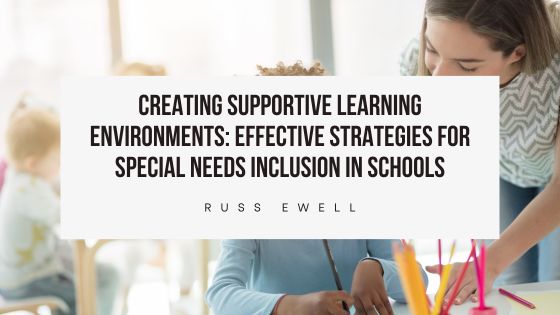 As artificial intelligence continues to evolve at an unprecedented pace, many headlines focus on automation, job loss, and machines replacing people. But that narrative misses a more nuanced and hopeful reality: the future of AI is not about replacement, it’s about...
As artificial intelligence continues to evolve at an unprecedented pace, many headlines focus on automation, job loss, and machines replacing people. But that narrative misses a more nuanced and hopeful reality: the future of AI is not about replacement, it’s about...
 When we think of accessibility in schools, the conversation often begins—and ends—with physical access: ramps, elevators, and accessible bathrooms. While these features are essential, true inclusion goes far beyond infrastructure. To create genuinely accessible...
When we think of accessibility in schools, the conversation often begins—and ends—with physical access: ramps, elevators, and accessible bathrooms. While these features are essential, true inclusion goes far beyond infrastructure. To create genuinely accessible...
 In cities around the world, public spaces are where community life unfolds. Parks, plazas, libraries, transit stations, and sidewalks serve as daily touchpoints for millions. Yet for many people—especially those with disabilities, neurodivergence, or mobility...
In cities around the world, public spaces are where community life unfolds. Parks, plazas, libraries, transit stations, and sidewalks serve as daily touchpoints for millions. Yet for many people—especially those with disabilities, neurodivergence, or mobility...
 In today’s diverse classrooms, a one-size-fits-all approach to education is no longer effective. An inclusive curriculum ensures that all students, regardless of their backgrounds, abilities, or learning styles, have access to meaningful and engaging learning...
In today’s diverse classrooms, a one-size-fits-all approach to education is no longer effective. An inclusive curriculum ensures that all students, regardless of their backgrounds, abilities, or learning styles, have access to meaningful and engaging learning...
 Ensuring an inclusive and supportive learning environment for students with special needs is essential for their academic and personal development. Inclusion not only benefits students with disabilities but also fosters a culture of empathy, collaboration, and...
Ensuring an inclusive and supportive learning environment for students with special needs is essential for their academic and personal development. Inclusion not only benefits students with disabilities but also fosters a culture of empathy, collaboration, and...






